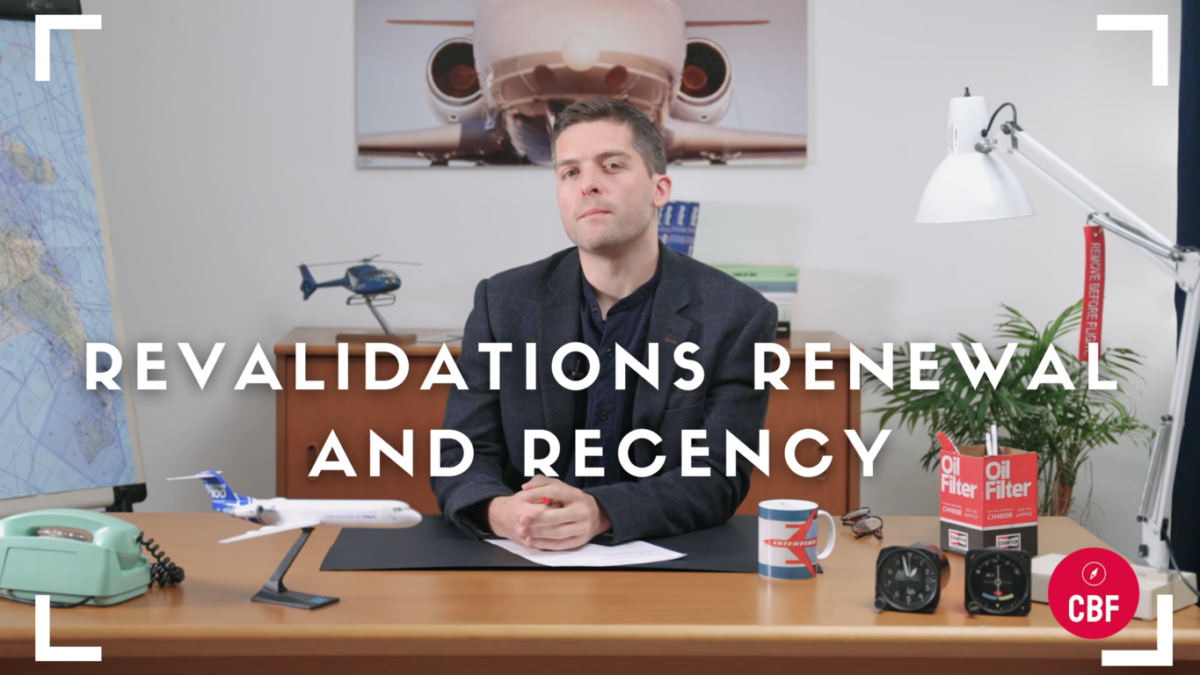Type VS Class
First of all, let’s distinguish between what a “type” and a “class” are: a type of aircraft is a specific model for which it is necessary to obtain the qualification.
Helicopters, for example, are practically all “types” and therefore to pass from one to another it is necessary to take a specific course (there are some small exceptions that are not even worth mentioning).
Airplanes, on the other hand, up to a certain tonnage can fall into classes, such as SEP (single engine piston) or single-engine piston aircraft, or MEP (multi engine pistons) or multi-engine piston aircraft and SET (single engine turbine) or single-engine turbine aircraft. When you then get to MET (multi engine turbine) or multi-engine turbine aircraft, even airplanes practically all become types (airliners are all MET but each has its own specific qualification for type: Airbus 320, Boeing 737, etc …).
CLASS RATINGS
Class ratings last two years and there are two ways to renew them:
- Having flown at least 12 hours in the last 12 months of validity, one hour of which must be with the instructor (hypothetically you may never fly in the first year)
- If you have not completed the minimum required activity, you can do, before the expiration, a check with an examiner (a CRE: class rating examiner) who can stamp the license for another two years
TYPE RATINGS
Type ratings, on the other hand, last only one year and there is only one way to renew them: having flown at least two hours in the 12 months, one of which must be a check with an examiner, in this case TRE (type rating examiner).
These requirements are actually only formal because to continue to maintain manual skills on an aircraft, especially if it is a helicopter, it is necessary to fly at least once a month, maybe even less than an hour: half an hour can be enough to follow all the start and stop procedures, refresh the radiotelephony and do some maneuvers.
So if a person wants to keep the stamp on the license, he can also do only 2 hours (provided that he must pass the check and therefore the manual skills must be maintained in some way) but if a pilot always wants to be “active” he will have to do at least 5 or 6 hours a year for each type for which he has obtained the qualification.
These tips are valid for pilots with little experience, however, as a pilot gains experience (a few hundred hours of flight) the commitment to maintain manual skills will be less and less.




